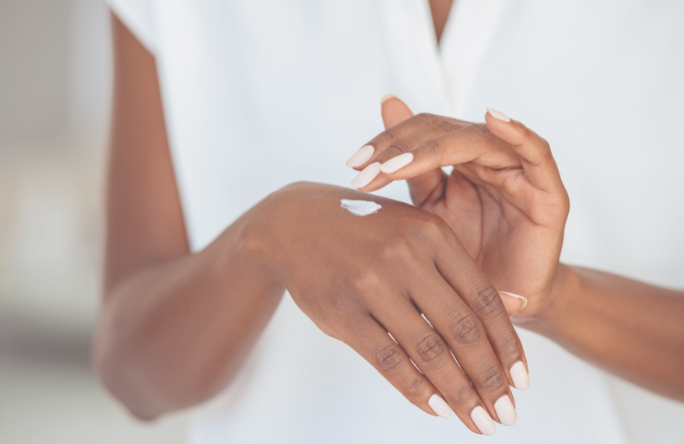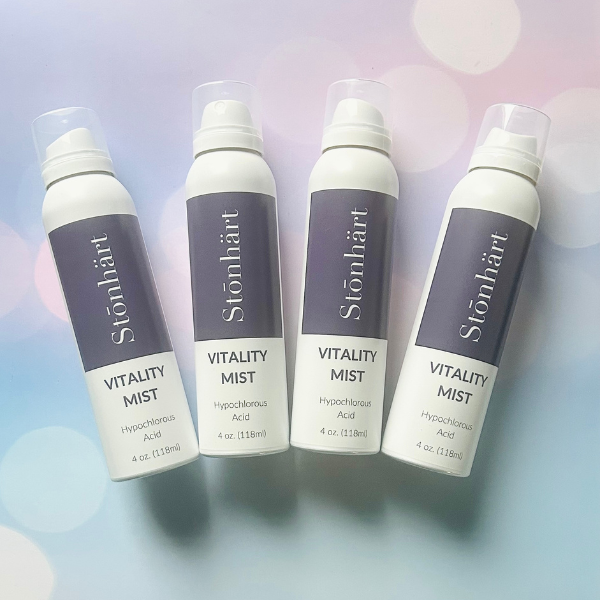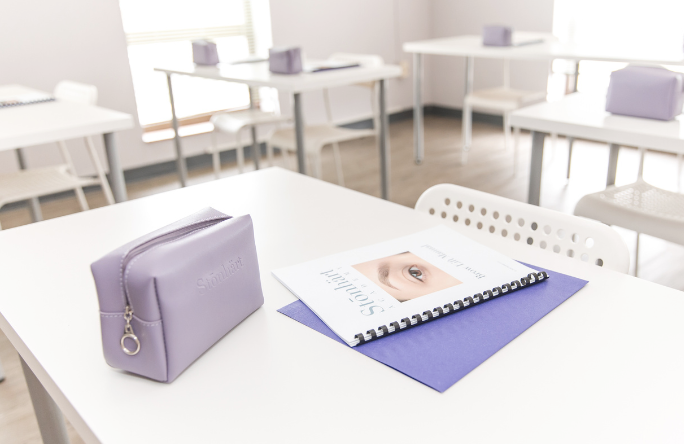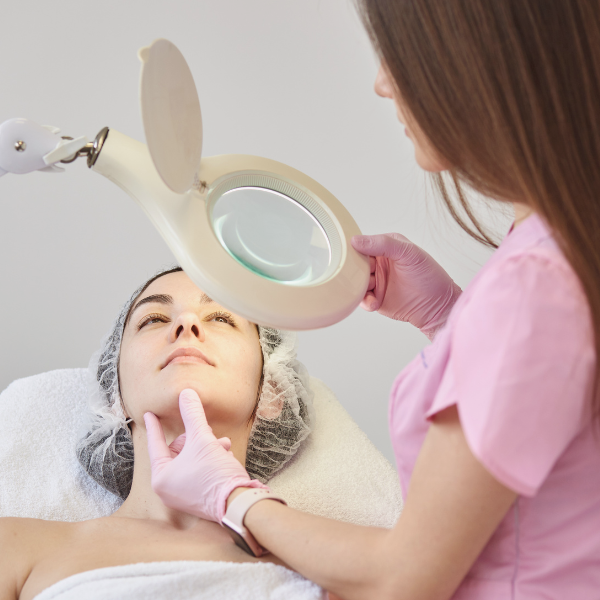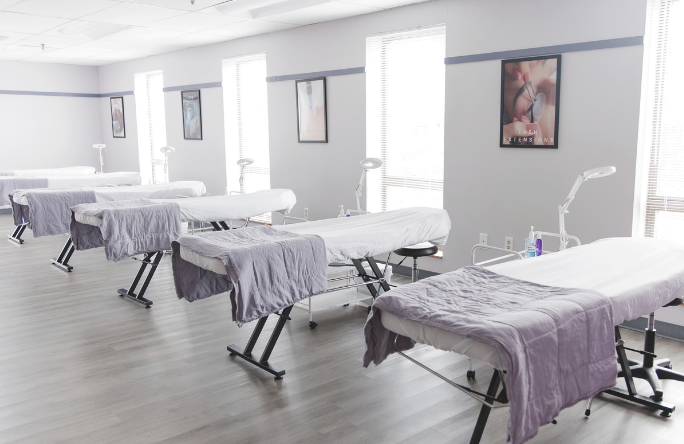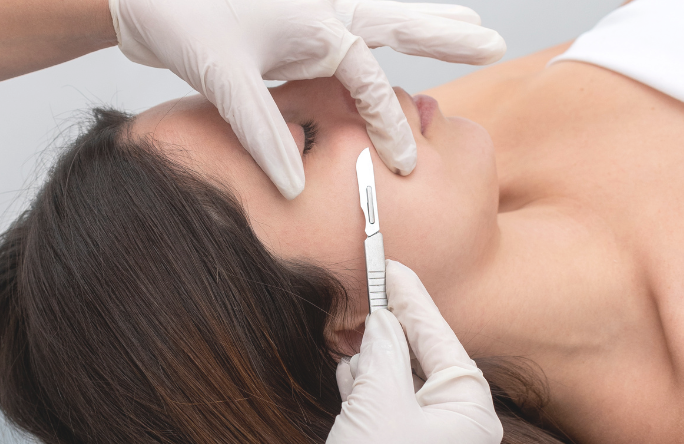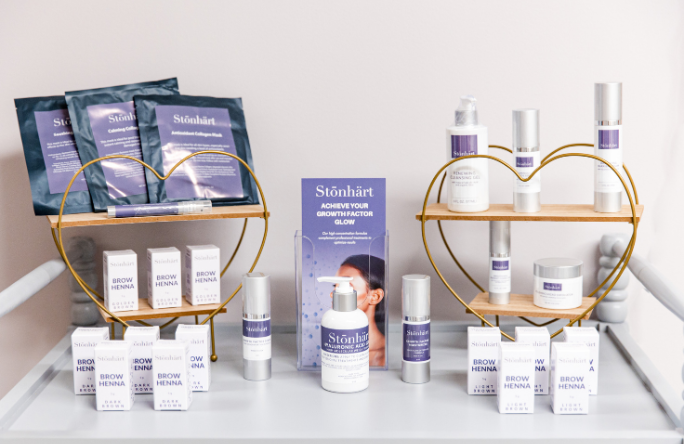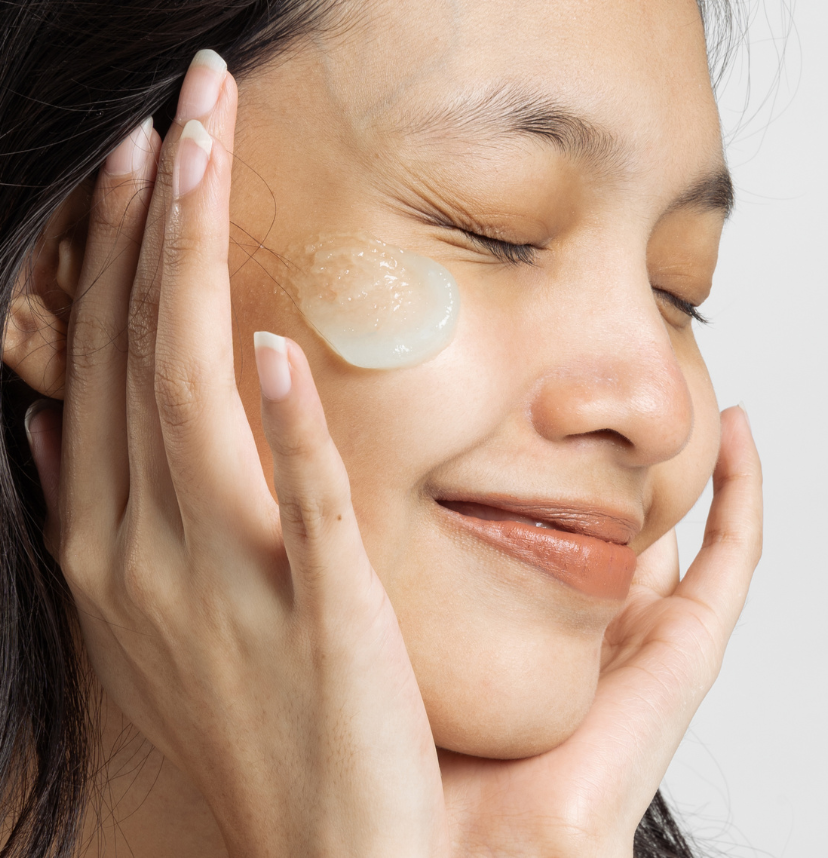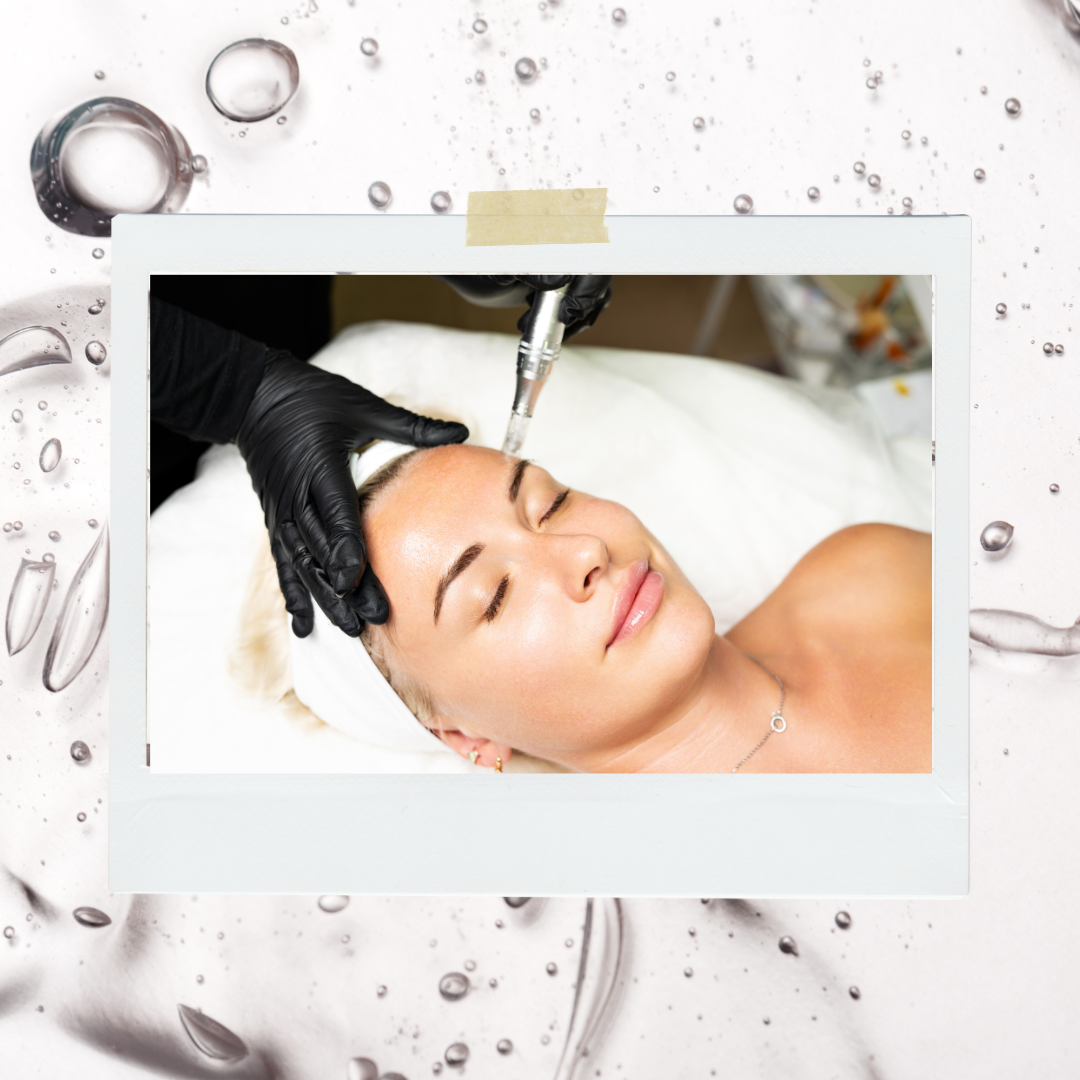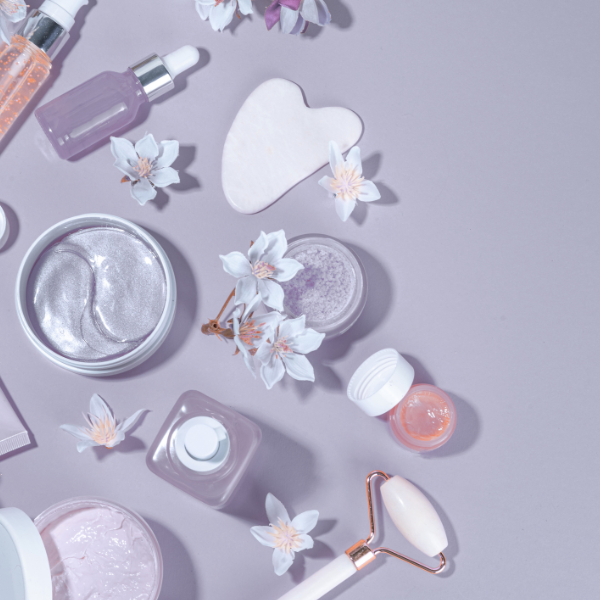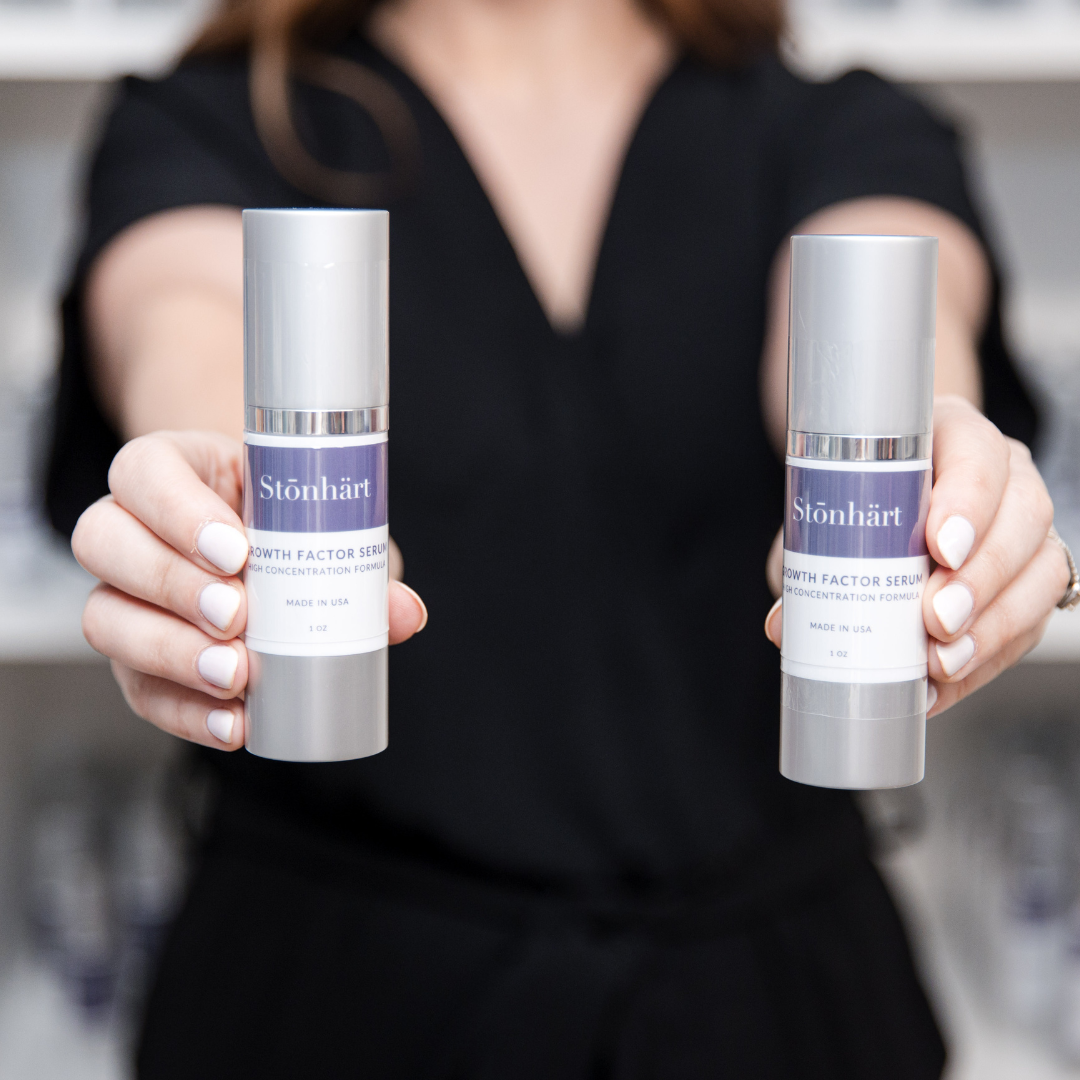
Acne, the common skin condition that affects millions of people of all ages, can be a real confidence killer. For estheticians and clients, understanding how to effectively manage acne is crucial. In this blog, we'll explore strategies for both professionals in the treatment room and individuals at home to help combat acne and achieve clear, radiant skin. Working together on a skincare regimen will yield the best results.
Part I: The Role of the Esthetician
-
Skin Analysis:
- Properly assessing the client's skin type and acne condition is the first step in effective acne management.
- Identify acne types, including comedones (blackheads and whiteheads), pustules, papules, and cysts.
-
Customized Treatments:
- Tailor treatments to the client's specific skin type and acne severity.
- Common professional treatments include chemical peels, extractions, ultrasonic, hydraderm, and LED therapy.
-
Product Recommendations:
- Suggest skincare products with active ingredients like salicylic acid, sulfur, benzoyl peroxide, and retinoids.
- Educate clients on the importance of a consistent home skincare routine.
-
Lifestyle and Diet:
- Discuss the influence of diet, stress, and lifestyle on acne.
- Encourage clients to maintain a balanced diet, watch for common trigger foods, and manage their stress.
-
Homecare Advice:
- Provide clients with clear instructions for maintaining their skin at home and also outline how often they should come in to have treatments.
- Emphasize the importance of gentle cleansing, exfoliation, moisturizing, and sun protection.
Part II: Managing Acne at Home
-
Gentle Cleansing:
- Use a mild, non-comedogenic cleanser to remove excess oil and impurities without stripping the skin.
-
Regular Exfoliation:
- Incorporate gentle exfoliation into the skincare routine to remove dead skin cells and prevent clogged pores. Look for salicylic acid serums to help penetrate into the pore.
-
Acne-Fighting Ingredients:
- Look for skincare products containing salicylic acid, sulfur, or benzoyl peroxide, or retinols.
-
Moisturizing:
- Even acne-prone skin needs hydration. Choose a lightweight, oil-free moisturizer.
-
Sun Protection:
- Apply a broad-spectrum sunscreen daily to prevent post-inflammatory hyperpigmentation (PIH) and scarring.
-
Avoid Picking:
- Resist the temptation to pick or pop pimples, as this can lead to infection and scarring. Gently apply ice to an area of concern to reduce inflammation.
Managing acne effectively requires a collaborative effort between estheticians and clients. With a personalized approach in the treatment room and consistent care at home, clearer, healthier skin is within reach. Estheticians play a crucial role in guiding clients toward the right treatments and products, while consumers must commit to a diligent skincare routine. By working together, we can combat acne and boost self-confidence one clear complexion at a time.



